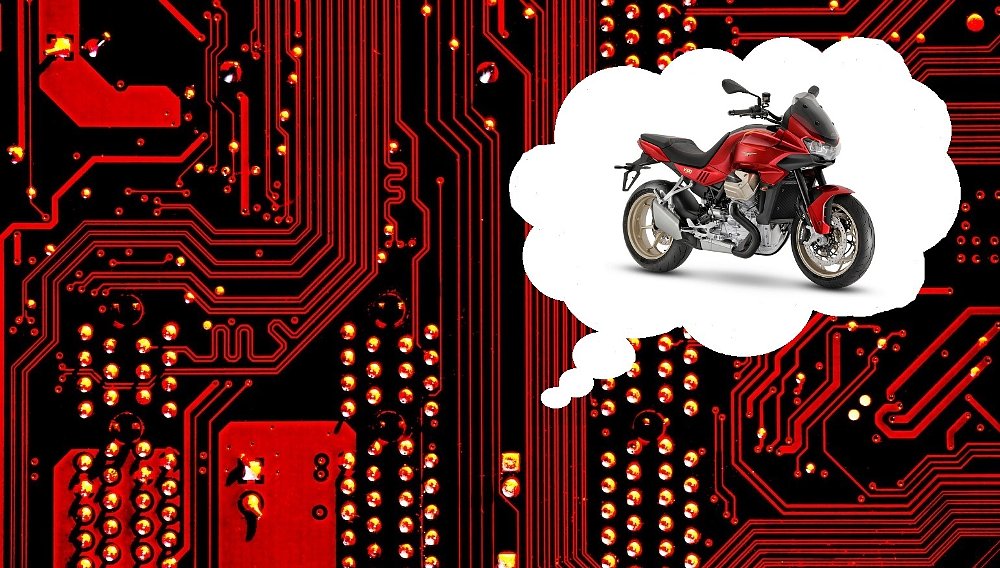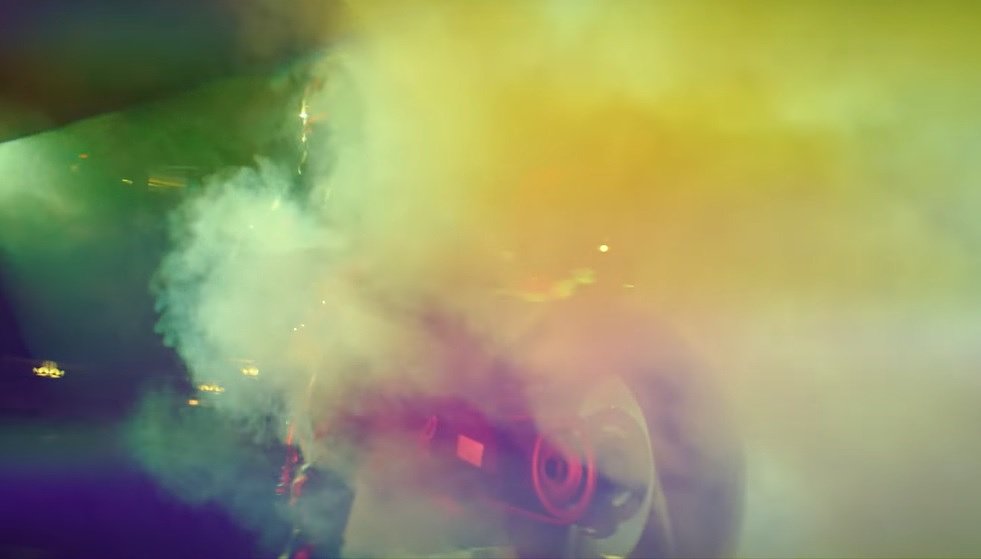Every January, the Consumer Electronics Show (CES) attracts tech giants, automakers, electronics brands, and startups to Las Vegas. With more than 40 categories represented, this year's event showcased all corners of technology, from Hyundai’s electric air taxi to voice-controlled bidets.
Artificial intelligence (AI) stood center stage this year, with Volkswagen announcing a ChatGPT-supported digital assistant and Samsung unveiling an AI-driven robot. Electric motorcycle manufacturers were no exception, and innovations revealed by two brands — Verge and Horwin — stole much of the spotlight.
Verge TS Ultra and Starmatter software
Verge introduced the TS Ultra model at CES 2023. According to the Finland-based company, its flagship electric produces 201 horsepower, generates 885 foot-pounds of torque, and reaches a top speed of 124 mph. The Ultra’s 20.2 kWh battery reportedly nets 233 miles (on a single charge) and charges from zero to 80% in just 25 minutes. If those claims sound optimistic, they’re only matched by Verge’s Starmatter software.
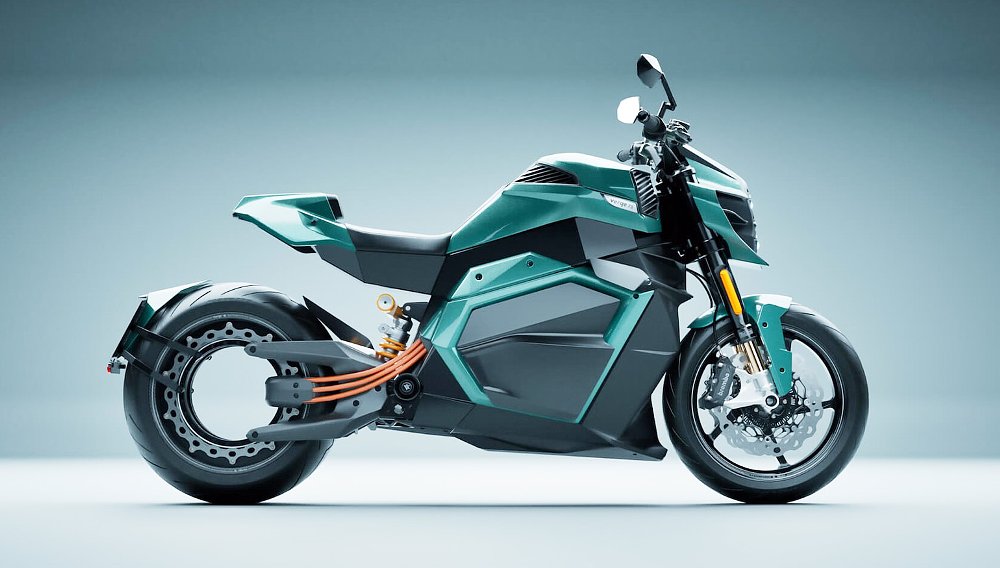
At CES 2024, Verge debuted an updated TS Ultra, monitored by its Starmatter intelligence platform. Utilizing six cameras (three rear-facing and three front-facing) and radar units fore and aft, the Starmatter Vision system expands the rider's “spatial awareness” with a “360-degree view” of the motorcycle's surroundings. The system then relays potential hazard alerts to the user via the new Starmatter TFT display.
The safety-oriented sensors aren’t the only hardware keeping tabs on the TS Ultra’s every move. A GPS module and an accelerometer also record vehicle data, while cellular, Wi-Fi, and Bluetooth compatibility keep the model connected. By processing and analyzing the collected data, Verge’s AI can “build powerful machine learning models” that adapt the TS to the user’s riding habits.

Verge already equips the range-topping model with safety aids like traction control and ABS along with comfort features such as cruise control. The firm plans to periodically refine those systems and the Starmatter algorithms by distributing “deep core updates” via over-the-air (OTA) technology.
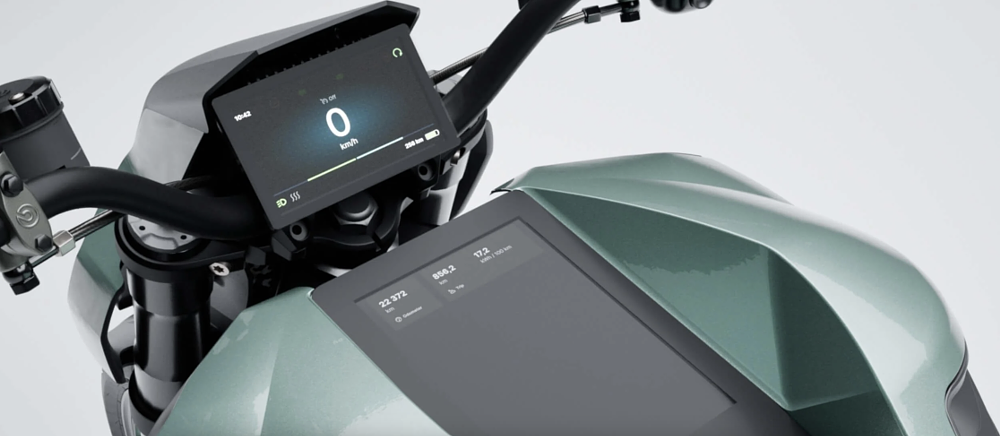
The first Starmatter-equipped Ultras are slated to start shipping in Q4 2024 and Verge “upgraded” all existing reservation holders to the tech-laden trim. Fortunately, the TS Ultra’s price tag remains $44,900 in the United States. Verge isn’t the only electric mobility brand extolling the benefits of artificial intelligence, though.
Horwin Senmenti series
Not to be outdone, the Horwin Senmenti 0's spec sheet also skews toward the sensational. From its 659 foot-pounds of torque and 99 horsepower to its 125-mph top speed, the model’s claimed capabilities appear excessive for an urban electric scooter. DC fast charging supposedly recharges (0-80%) its 16.9 kWh battery in 30 minutes and Horwin lists a 186-mile range.
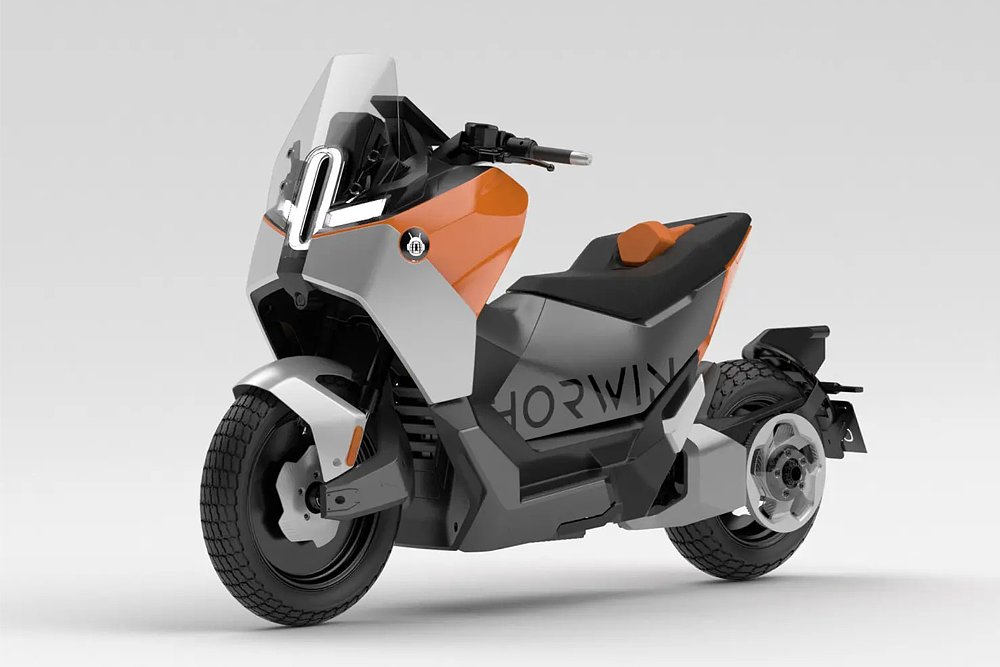
Similar to Verge’s TS Ultra, the Senmenti 0 relies on front- and rear-facing millimeter-wave radar, dual front cameras, and a four-camera “surround-view system.” The captured data and footage feed the model’s AI-powered Advanced Riding Assistance System (ARAS), which identifies risk factors and includes traffic sign recognition and lane detection features, Horwin says.
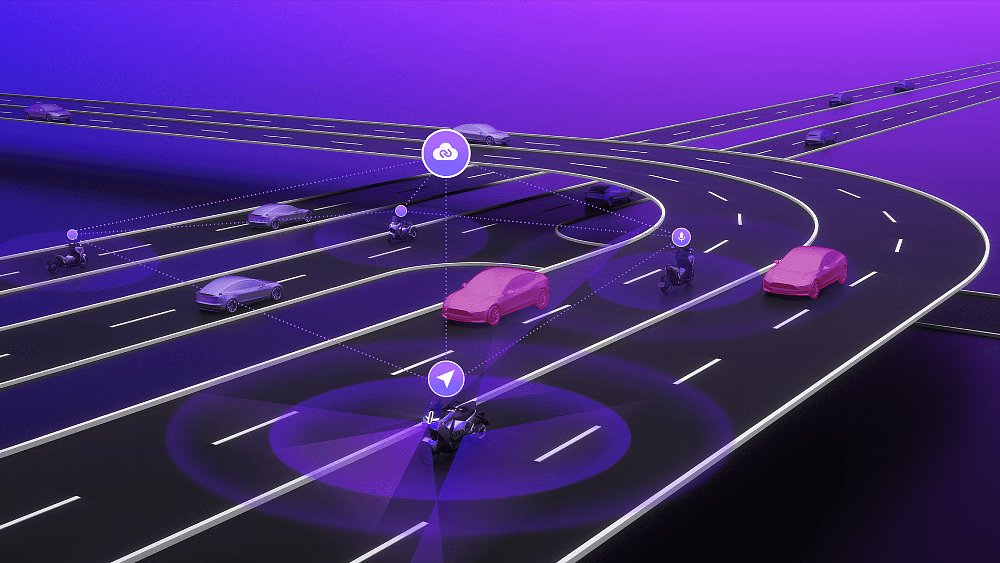
The firm also maintains that ARAS “collects data to understand the rider, preventing accidents and enhancing rider protection and confidence.” That information isn’t restrained to the owner’s individual scooter, either. The Senmenti 0’s vehicle-to-vehicle networking technology also connects to nearby Horwin models, enabling voice communication and information exchange between multiple units.
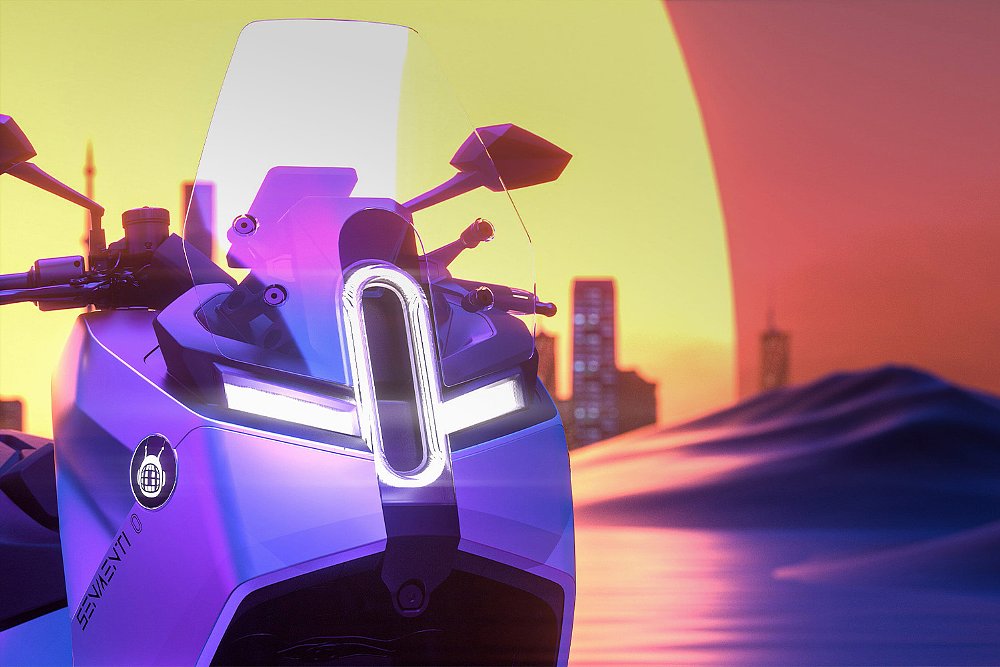
While local data sharing poses its own concerns, information sent back to the manufacturer may cause more unease among U.S. customers. Recently, the Chinese company established its U.S. arm, Horwin America, in California. Only Senmenti pre-orders and deliveries will determine whether Horwin’s stateside presence eases those potential data security concerns.
Initial Senmenti 0 shipments are scheduled to begin in November and customers can secure a reservation by placing a $100 deposit. To stoke interest in the $16,800 electric scooter, Horwin offers three years of free charging and free lifetime OTA updates to the first 500 pre-order customers.

Artificial intelligence stands to impact nearly every part of our lives, including motorcycling. If Verge and Horwin’s CES presentation suggested anything, it’s that the AI-aided future is closer than many of us anticipated. Now, Verge and Horwin must back up their claims by bringing the TS Ultra and Senmenti 0 to the U.S. market by late 2024. After all, AI-powered systems can’t improve the safety of a bike that you can’t ride.











